Discover how national and international trademark registration compare, the pros and cons of each, and which is right for you.
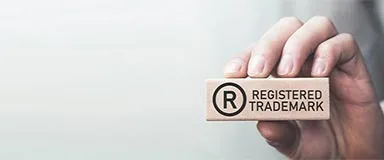
Your cart is empty
*Online Support: Mon-Fri, 9am-5pm (GMT-4). For assistance anytime, send us a message
Protect Your Brand in South America Through a Simple Process Backed by Certified Local Attorneys
Applications are handled by experienced local Trademark Attorneys to ensure that all legal requirements are met.
A dedicated Account Manager will act as your point of contact for all communications.
You can use our admin panel to track and review the current status of any service you have requested.
Protect.TM offers a comprehensive suite of services to safeguard your brand globally.
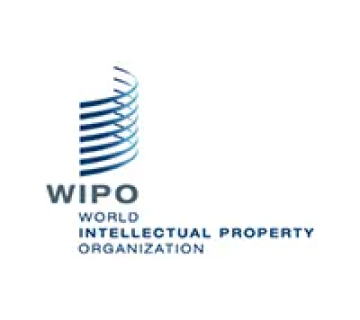
Register you trademark internationally by filing a trademark with the World Intellectual Property Organization.
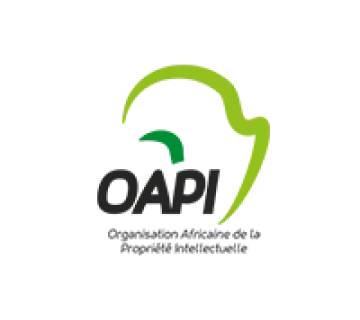
Through this treaty, you will be able protect your trademark in 16 African countries with one single registration.
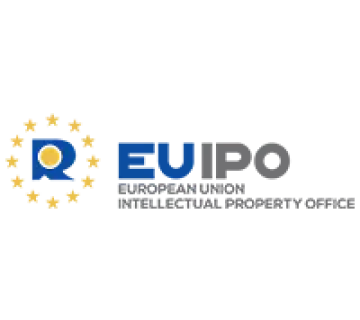
With this registration you will be protected in all countries that currently belong to the European Union.
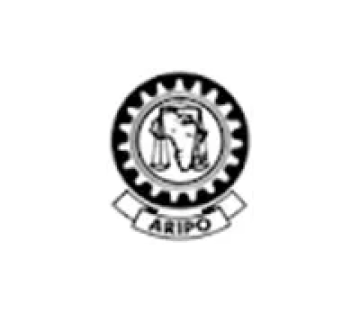
Through this treaty, you will be able protect your trademark in 10 African countries with one single registration.

Discover how national and international trademark registration compare, the pros and cons of each, and which is right for you.
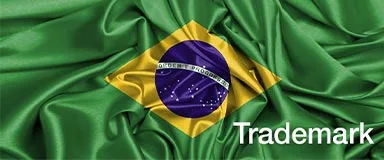
Find out exactly how to file for a trademark in Brazil with our simple step-by-step instructional guide.
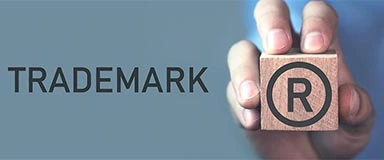
Applying for a trademark comes with all sorts of pitfalls. Avoid these common ones to ensure you successfully register a trademark and secure your business.
What countries in South America recognize trademark registrations?
Most South American countries, including Argentina, Brazil, Chile, Colombia, Ecuador, Peru, and Venezuela, have national trademark registration systems. Some countries also recognize international registrations under the Madrid System.
Do I need to register my trademark in each country separately?
Yes, South America does not have a unified trademark system like the EU. Trademarks must be registered separately in each country where protection is sought. However, some countries (e.g., Colombia) allow registration via the Madrid System.
What is the trademark registration process in South America?
Generally, the process involves:
How long does it take to register a trademark in South America?
The timeframe varies by country but typically ranges from 6 months to 2 years, depending on office backlogs, oppositions, or legal disputes.
How long is a trademark valid in South America?
Most South American countries grant trademark protection for 10 years, with the possibility of renewal for successive 10-year periods.
What are the main requirements for trademark registration?
The key requirements generally include:
Do I need to use my trademark before applying for registration?
Some countries, like Brazil and Argentina, do not require prior use. However, others, such as Chile and Colombia, may ask for proof of use within a certain timeframe to maintain registration.
Can I register a trademark through the Madrid System in South America?
Yes, some South American countries, such as Brazil, Colombia, Chile, and Peru, are members of the Madrid System, allowing international registration. However, others, like Argentina and Venezuela, require national applications.
What happens if my trademark is opposed by a third party?
If an opposition is filed, the trademark office will review the claims. The applicant must respond with arguments and evidence. If the opposition is upheld, the application may be rejected or require modifications.
What are the risks of not registering my trademark in South America?
Without registration, you risk:
Still have questions?